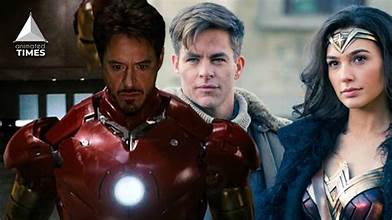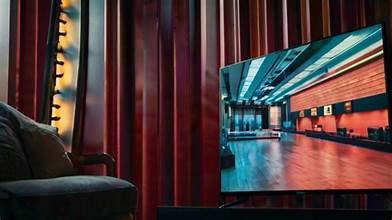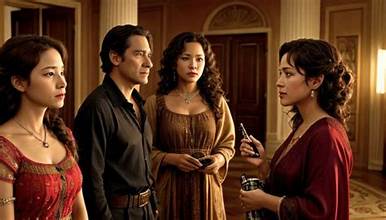
The superhero genre has become one of the most dominant forces in modern cinema. What started as colorful comic book characters printed on cheap paper has evolved into billion-dollar franchises that shape global pop culture. Superhero films are not just entertainment—they reflect social values, technological advancements, and the changing expectations of audiences over decades. This article explores the fascinating journey of superhero movies, from their humble beginnings to their current global dominance.
The Origins: Comic Books and Early Adaptations
Superheroes were born in comic books long before they appeared on the big screen. In the late 1930s, characters like Superman (1938) and Batman (1939) captured the imagination of readers during a time of political uncertainty and economic depression. The moral clarity of these heroes—fighting for truth, justice, and the greater good—offered hope in troubled times.
The first cinematic superhero appeared in serials, short episodes shown in theaters before the main feature. These included The Adventures of Captain Marvel (1941) and Batman (1943). They were low-budget productions, but they laid the foundation for what would later become one of Hollywood’s most successful genres.
The Silver Age: 1970s–1980s
Superhero cinema truly took flight in the late 1970s. With Richard Donner’s Superman (1978), audiences experienced a believable hero for the first time—thanks to groundbreaking special effects and a sincere, optimistic tone. The film’s tagline, “You’ll believe a man can fly,” perfectly captured this technological and emotional leap.
Then came Tim Burton’s Batman (1989), which brought a darker, more gothic vision to the superhero world. It showed that comic book movies could be both artistic and commercially successful, opening the door for studios to take the genre more seriously.
The 2000s Revolution: A New Era Begins
The 2000s marked a turning point for superhero cinema. With Sam Raimi’s Spider-Man (2002) and Bryan Singer’s X-Men (2000), superhero movies became mainstream blockbusters. These films humanized heroes, showing their struggles with identity, morality, and society.
At the same time, advancements in CGI allowed filmmakers to bring comic book action to life like never before. Spider-Man swinging across New York was no longer just imagination—it looked real.
The success of Spider-Man 2 (2004) and The Dark Knight (2008) proved that superhero films could be both emotional and intelligent, appealing to critics and audiences alike.
The Marvel Cinematic Universe: A Cinematic Revolution
In 2008, Marvel Studios released Iron Man, a movie that not only revived Robert Downey Jr.’s career but also launched the Marvel Cinematic Universe (MCU)—a connected world of superheroes whose stories intertwine across multiple films.
This model changed Hollywood forever. For the first time, audiences could follow an ongoing narrative spanning years and dozens of movies, culminating in epic crossovers like Avengers: Endgame (2019), which became one of the highest-grossing films in history.
The MCU’s success inspired competitors. DC launched its own cinematic universe, while studios like Sony and Fox expanded their superhero properties. Superhero films became cultural events, dominating box offices worldwide.
Social and Cultural Impact
Superhero movies reflect the times they are made in. During the Cold War, heroes like Superman represented idealism and patriotism. In the post-9/11 world, darker, more complex heroes like Batman and Iron Man explored themes of fear, surveillance, and responsibility.
Modern superhero films are also embracing diversity—movies like Black Panther (2018) and Wonder Woman (2017) broke barriers by celebrating cultural representation and strong female leads. Black Panther, in particular, became a global symbol of African pride and identity.
Criticism and Fatigue
Despite their success, superhero movies face criticism. Some argue that the genre has become repetitive, with studios prioritizing profit over creativity. Directors like Martin Scorsese have called them “theme park rides,” suggesting they lack emotional depth.
Others worry that superhero dominance leaves little room for original filmmaking, as studios pour massive budgets into franchises instead of fresh ideas. Still, there are filmmakers like James Gunn and Taika Waititi who bring humor, satire, and innovation to the genre, keeping it alive and evolving.
The Future of Superhero Cinema
The future may see a shift toward more personal and experimental superhero stories. Streaming services like Disney+ and Amazon Prime allow creators to explore character-driven narratives in series format.
Artificial intelligence and virtual production technologies will make visual effects more immersive and affordable, while audiences’ growing demand for diversity will push studios to feature heroes from different cultures and identities.
Ultimately, superhero movies are not just about powers or battles—they are modern myths. They embody humanity’s endless desire for hope, justice, and transformation.
Conclusion
From their pulp comic beginnings to billion-dollar cinematic universes, superhero films have come a long way. They have evolved with society, technology, and storytelling itself. Whether celebrated or criticized, these movies have left an undeniable mark on global culture, proving that heroes—fictional or real—will always have a place in our collective imagina

